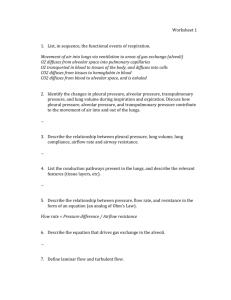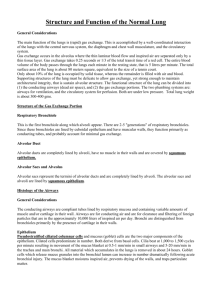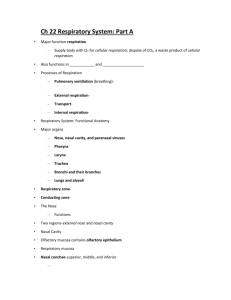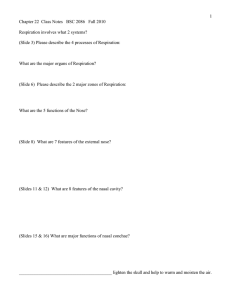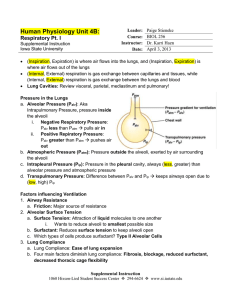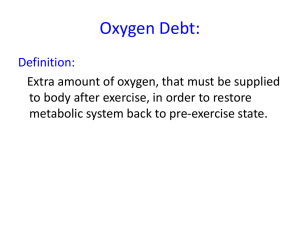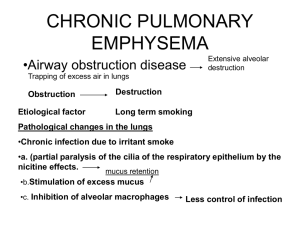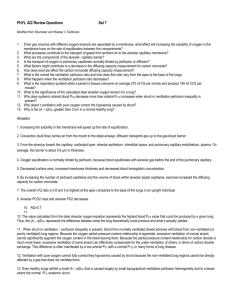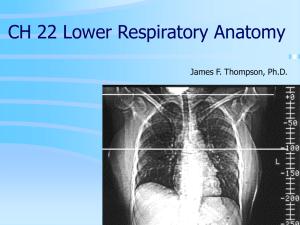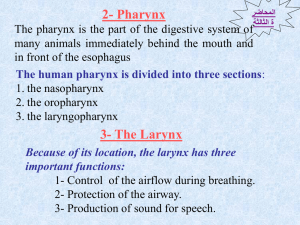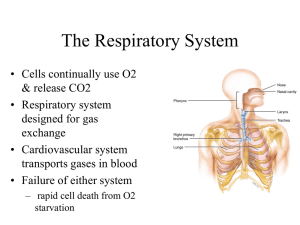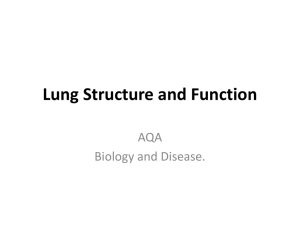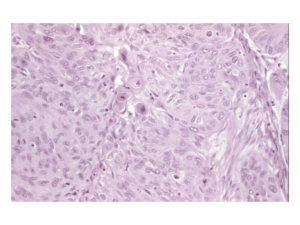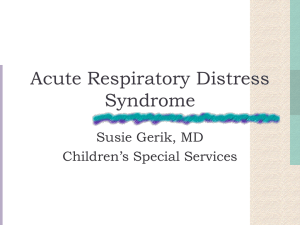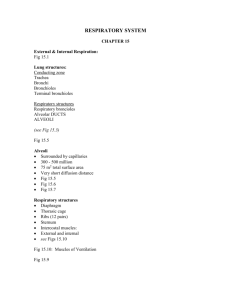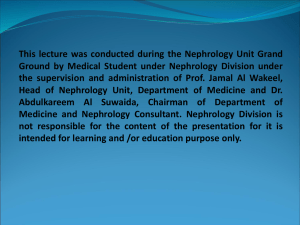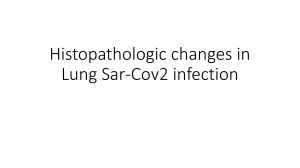Advances in Lung Development
advertisement
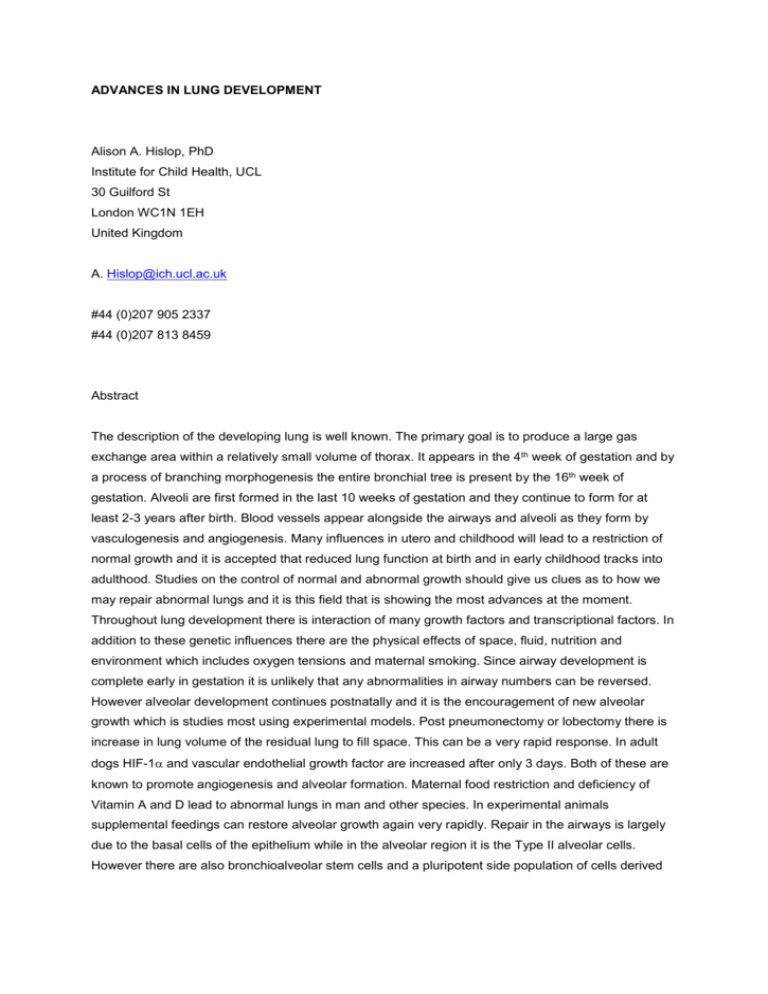
ADVANCES IN LUNG DEVELOPMENT Alison A. Hislop, PhD Institute for Child Health, UCL 30 Guilford St London WC1N 1EH United Kingdom A. Hislop@ich.ucl.ac.uk #44 (0)207 905 2337 #44 (0)207 813 8459 Abstract The description of the developing lung is well known. The primary goal is to produce a large gas exchange area within a relatively small volume of thorax. It appears in the 4th week of gestation and by a process of branching morphogenesis the entire bronchial tree is present by the 16th week of gestation. Alveoli are first formed in the last 10 weeks of gestation and they continue to form for at least 2-3 years after birth. Blood vessels appear alongside the airways and alveoli as they form by vasculogenesis and angiogenesis. Many influences in utero and childhood will lead to a restriction of normal growth and it is accepted that reduced lung function at birth and in early childhood tracks into adulthood. Studies on the control of normal and abnormal growth should give us clues as to how we may repair abnormal lungs and it is this field that is showing the most advances at the moment. Throughout lung development there is interaction of many growth factors and transcriptional factors. In addition to these genetic influences there are the physical effects of space, fluid, nutrition and environment which includes oxygen tensions and maternal smoking. Since airway development is complete early in gestation it is unlikely that any abnormalities in airway numbers can be reversed. However alveolar development continues postnatally and it is the encouragement of new alveolar growth which is studies most using experimental models. Post pneumonectomy or lobectomy there is increase in lung volume of the residual lung to fill space. This can be a very rapid response. In adult dogs HIF-1 and vascular endothelial growth factor are increased after only 3 days. Both of these are known to promote angiogenesis and alveolar formation. Maternal food restriction and deficiency of Vitamin A and D lead to abnormal lungs in man and other species. In experimental animals supplemental feedings can restore alveolar growth again very rapidly. Repair in the airways is largely due to the basal cells of the epithelium while in the alveolar region it is the Type II alveolar cells. However there are also bronchioalveolar stem cells and a pluripotent side population of cells derived from the bone marrow. Circulating endothelial progenitor cells can also promote capillary formation. The combination of these can lead in animals to formation a new alveoli. Baraldi E, Filippone M, N Engl J Med 2007: 357, 1946-55 Van Haaften T, Thebaud B, Pediatr Res 2006: 59, 94R-99R
